
4 Dangerous Mistakes When Thawing Fish
4 Dangerous Mistakes When Thawing Fish: It Becomes Fishy and Red-Fleshed
Below are 4 common mistakes people make when thawing fish that you should avoid: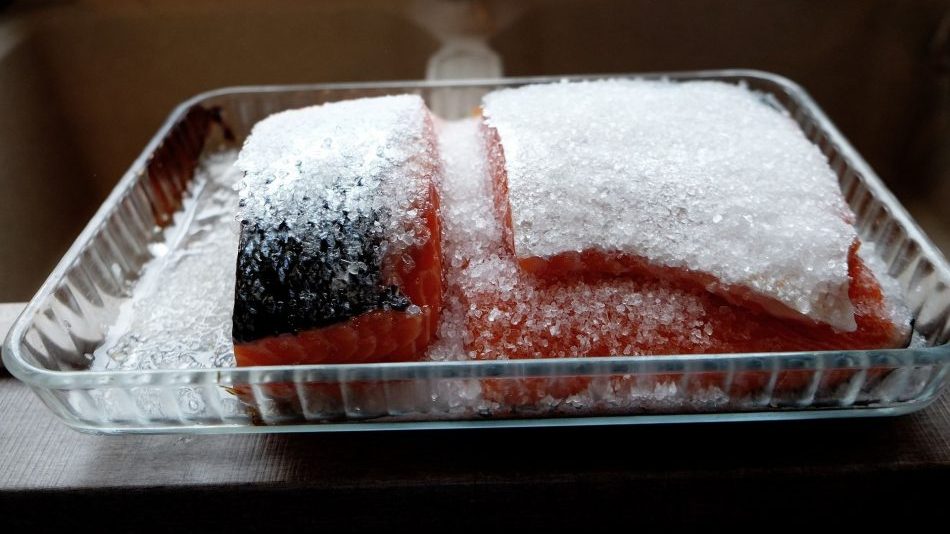
1. Thawing Fish with Hot Water
This is a common method because many believe that hot water speeds up the thawing process. However, the high temperature from hot water can partially cook the outer layer of the fish while the inside remains frozen. This not only changes the texture of the fish but also causes the loss of important nutrients.
Furthermore, the warm and humid environment created by hot water provides ideal conditions for bacteria such as Salmonella and Listeria to grow, increasing the risk of food poisoning.
2. Thawing Fish at Room Temperature
Leaving fish to thaw naturally on the kitchen counter or at room temperature is another serious mistake. When frozen food is exposed to the air for too long, bacteria like E. coli can quickly invade and multiply. Additionally, as fish slowly defrosts at room temperature, it releases moisture, which reduces its natural sweetness and freshness. The flavor is also noticeably affected.
3. Incorrect Use of the Microwave to Thaw Fish
Microwaves can be a convenient tool for thawing food, but improper use can lead to problems. Using the wrong settings — such as too short a time or too high a temperature — can cause uneven partial cooking. This not only diminishes the fish’s natural flavor but also affects the quality of the final dish. More importantly, if the microwave doesn't fully eliminate bacteria present in the fish, it may pose health risks.
4. Refreezing Fish After It Has Been Thawed
This is a critical mistake. When you thaw and then refreeze fish, its structure becomes damaged, significantly reducing both its nutritional value and flavor. Moreover, with each thawing, bacteria grow more rapidly. Refreezing won’t kill these bacteria — they remain and may be harmful when the fish is cooked later.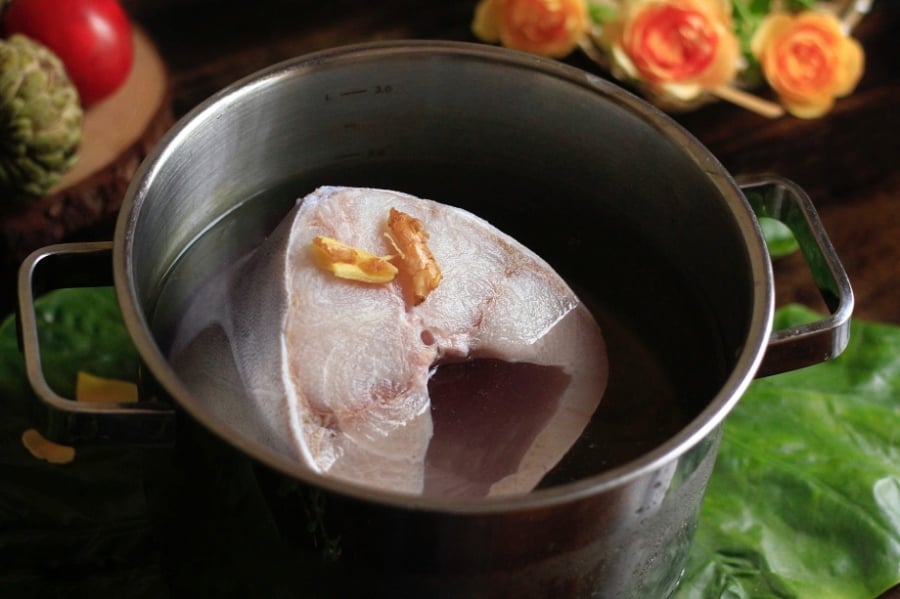
How Should You Thaw Fish Properly?
To preserve nutrients and ensure safety, consider the following three methods:
✔ Thawing in the Refrigerator
This is the safest and most effective method. Place the fish in a sealed container or plastic bag and leave it in the refrigerator overnight. The slow thawing process in a cold environment limits bacterial growth and helps retain the fish’s freshness.
✔ Thawing with Salt Water or Vinegar
Prepare a bowl of cool water and add a moderate amount of salt. Soak the fish for about 15–30 minutes. Salt helps speed up the thawing process and has mild antibacterial properties that help keep the fish fresh. However, be mindful that saltwater-soaked fish may taste saltier, so adjust your seasoning when cooking.
For vinegar, use slightly warm water (under 35°C/95°F), then add a small amount of white vinegar. Soak the fish in this solution for 10–30 minutes. The acidity helps speed up thawing and effectively reduces the fishy smell. Be sure to rinse the fish thoroughly before cooking to remove any vinegar odor.
News in the same category

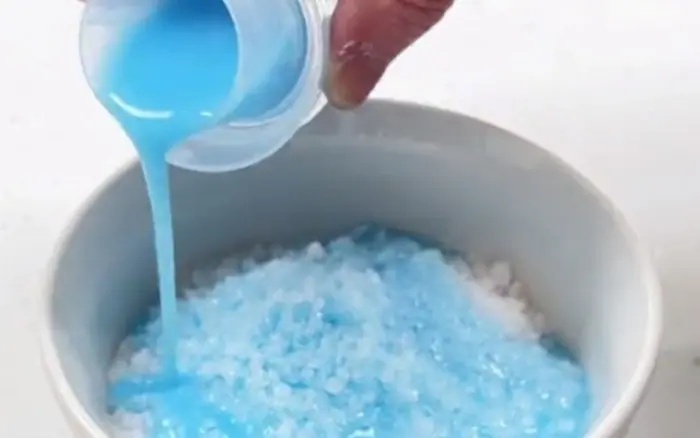
Mixing fabric softener with salt: Great use to solve household problems

Pour Salt into the Toilet: The Surprising Benefits Every Home Needs

Do This Extra Step Before Boiling Chicken Breast for Juicy, Tender, and Not-Dry Results

In Autumn, Eat These 3 Lu.ng-Nourishing Dishes Regularly to Prevent Cough and Thr.oat Irritation

Reasons you should not ki.ll millipedes

When A Brown Bug Like This Appears In Your Yard, Immediate Action Is Required

Tips for washing grapes to remove dirt and worm eggs, and to safely eat the skin
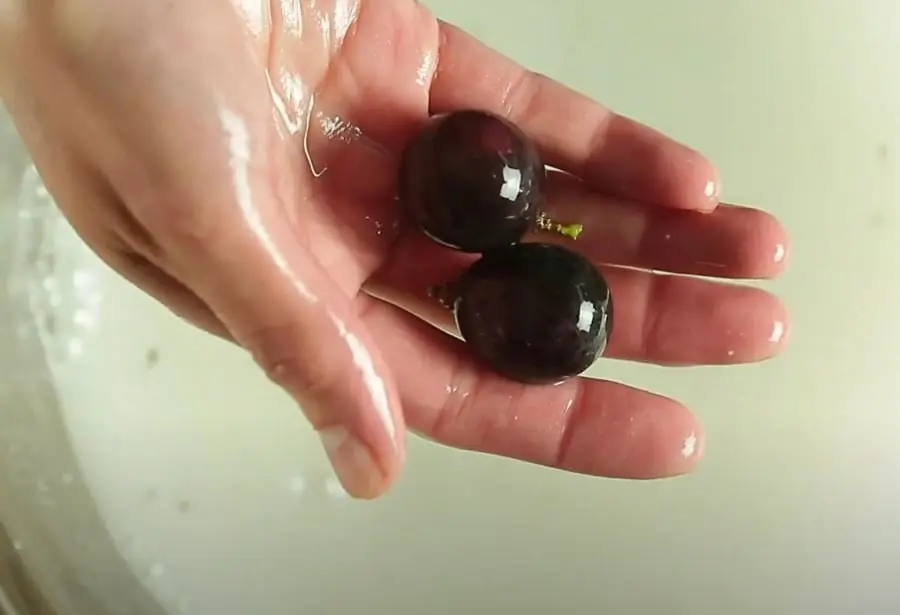
Don’t Eat Grapes Before You Know This Trick
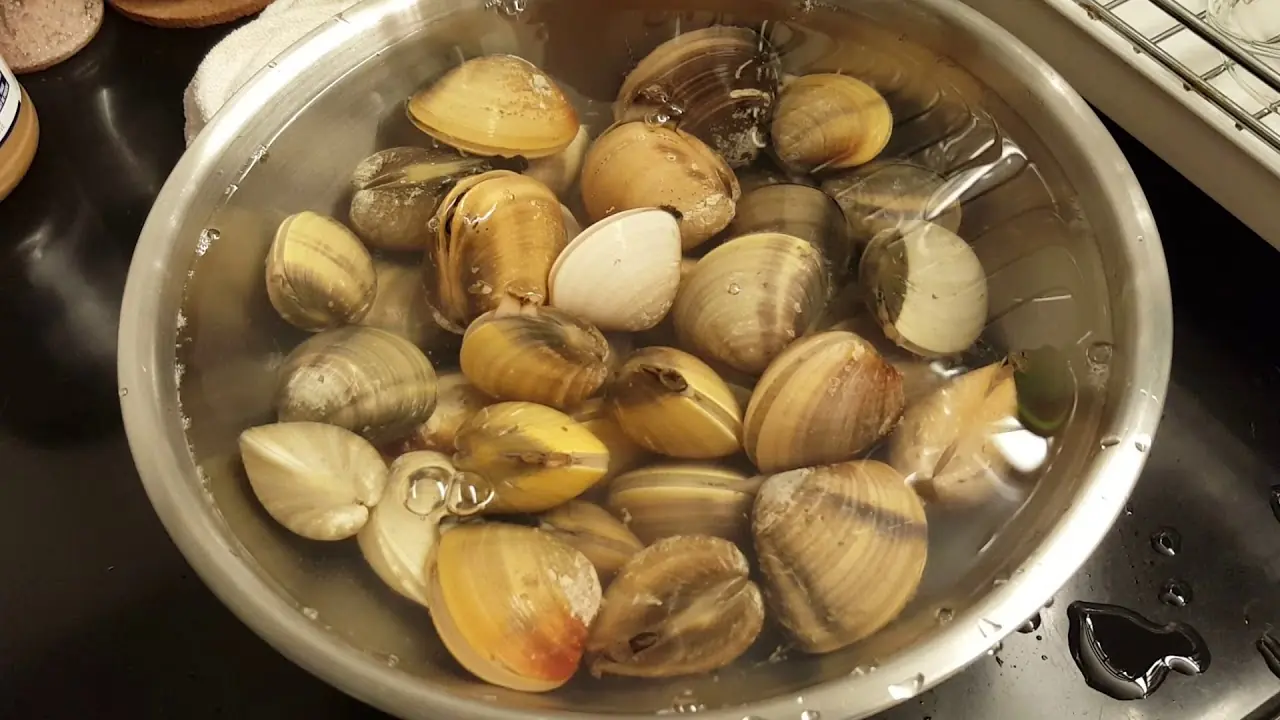
No Matter How You Wash Clams, There’s Still Grit Inside?

The Secret to Keeping Potatoes Fresh for 6 Months Thanks to a Surprising “Friend” in the Kitchen

Unusual moles might be more than just a skin quirk — they could be warning signs of cancer

Using the Air Conditioner and Fan at the Same Time? I Expected Higher Costs, but the Truth Surprised Me

Don’t Panic! Follow These Steps If a Bat Gets Into Your House
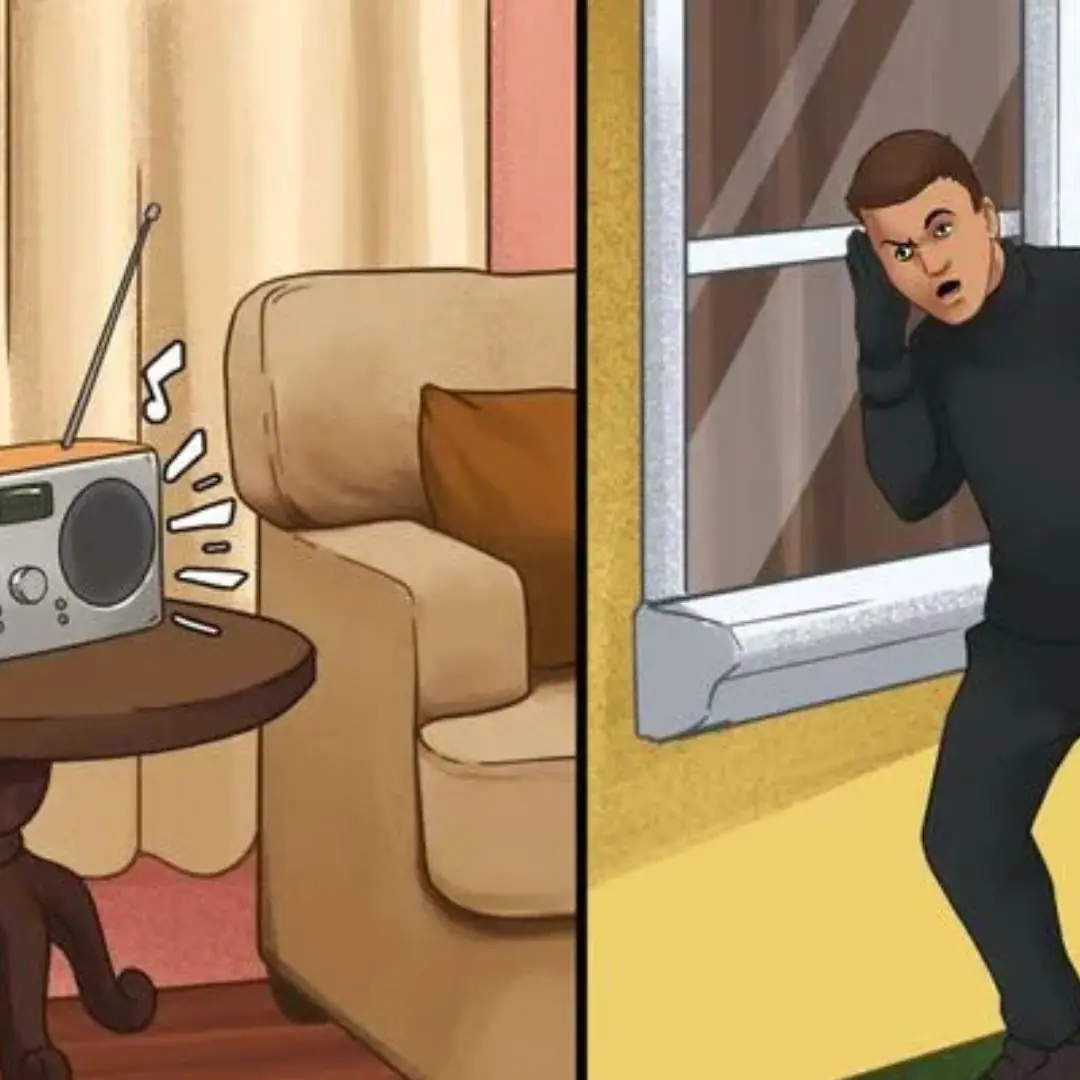
10 tips to keep thieves away from your home
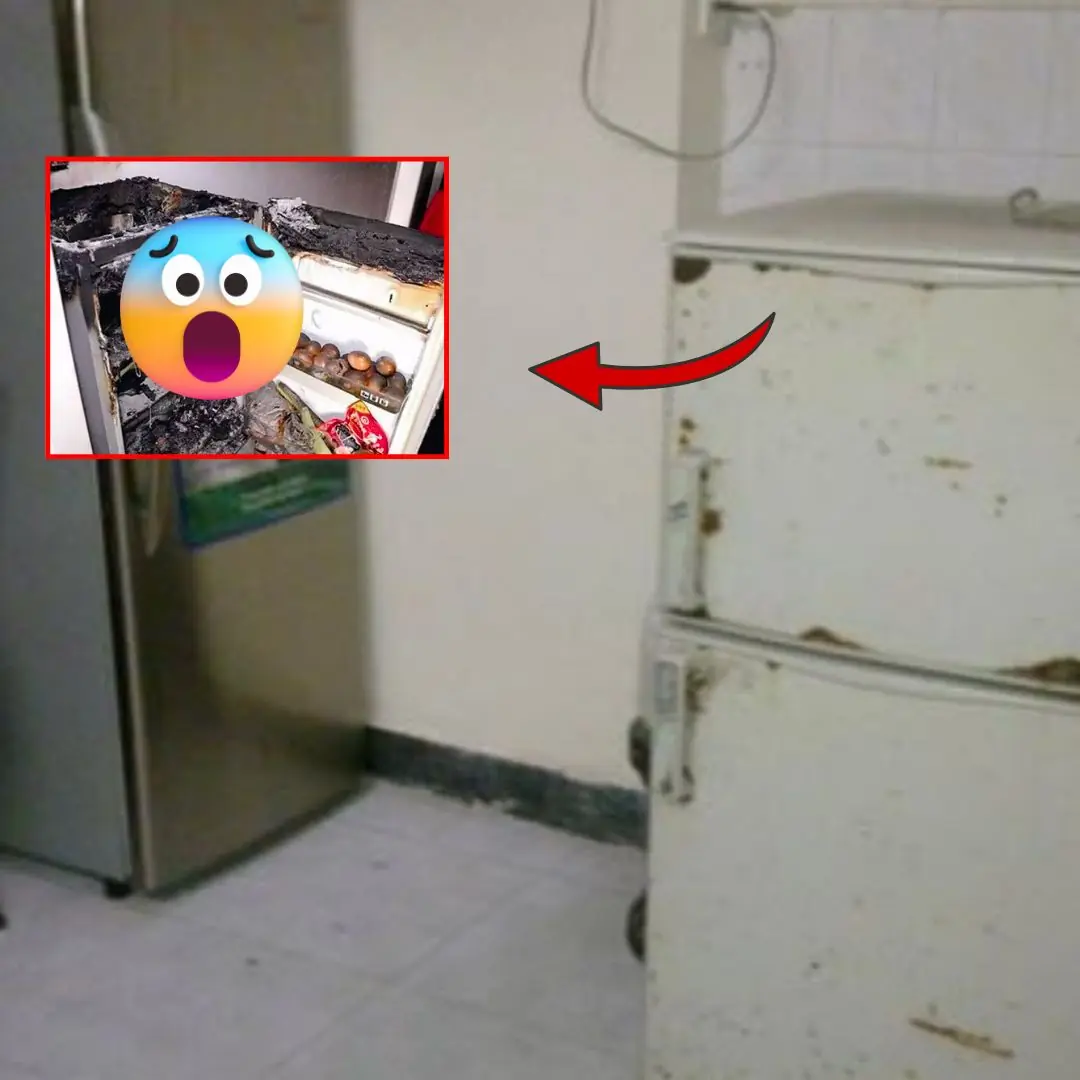
Mistake #5: Almost everyone makes it—but few actually notice
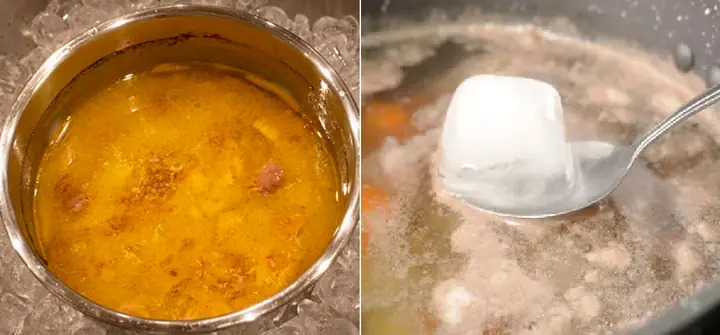
Tips to Skim Excess Fat from Greasy Soup
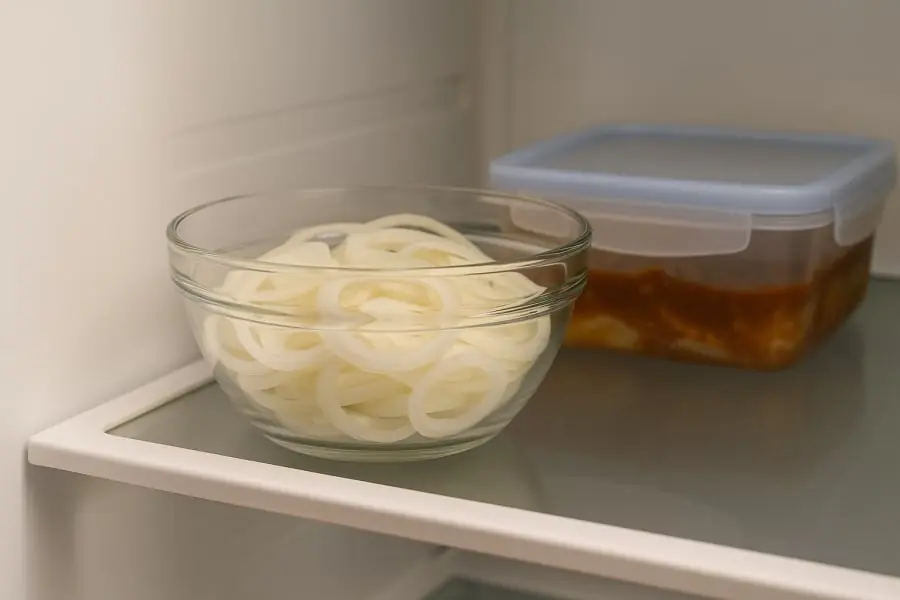
Onions Aren’t Just for Cooking: 5 Surprising Hacks
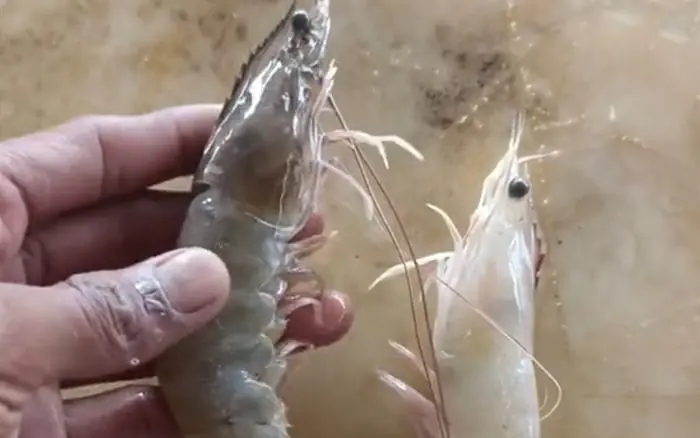
Want to Know If a Shrimp Is Farm-Raised or Wild-Caught?
News Post
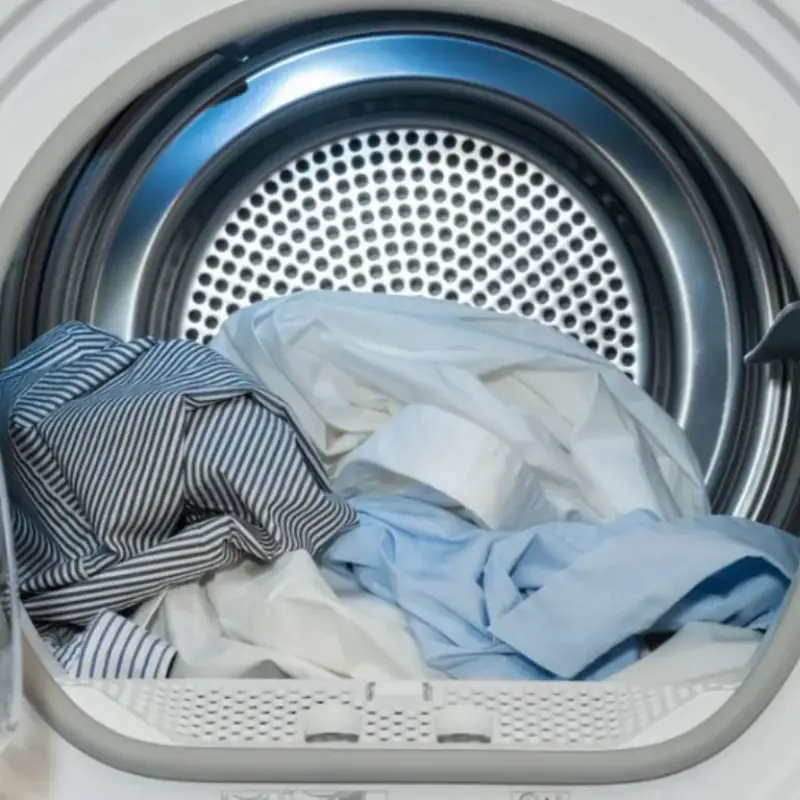
Washing Machines Have a Special Mode That Dries Clothes Faster

Flight attendant explains why cabin crew members always sit on their hands during takeoff

6 things you should absolutely not do when you have neck and shoulder pain because they destroy bones and joints and are terrible for your stomach

8 types of plants that attract snakes into the house

Mixing fabric softener with salt: Great use to solve household problems

Headache for 5 days, woman suddenly fell to the ground, co.nvulsed, had difficulty speaking

Summer or winter, Japanese people wear socks to sleep — here’s why!
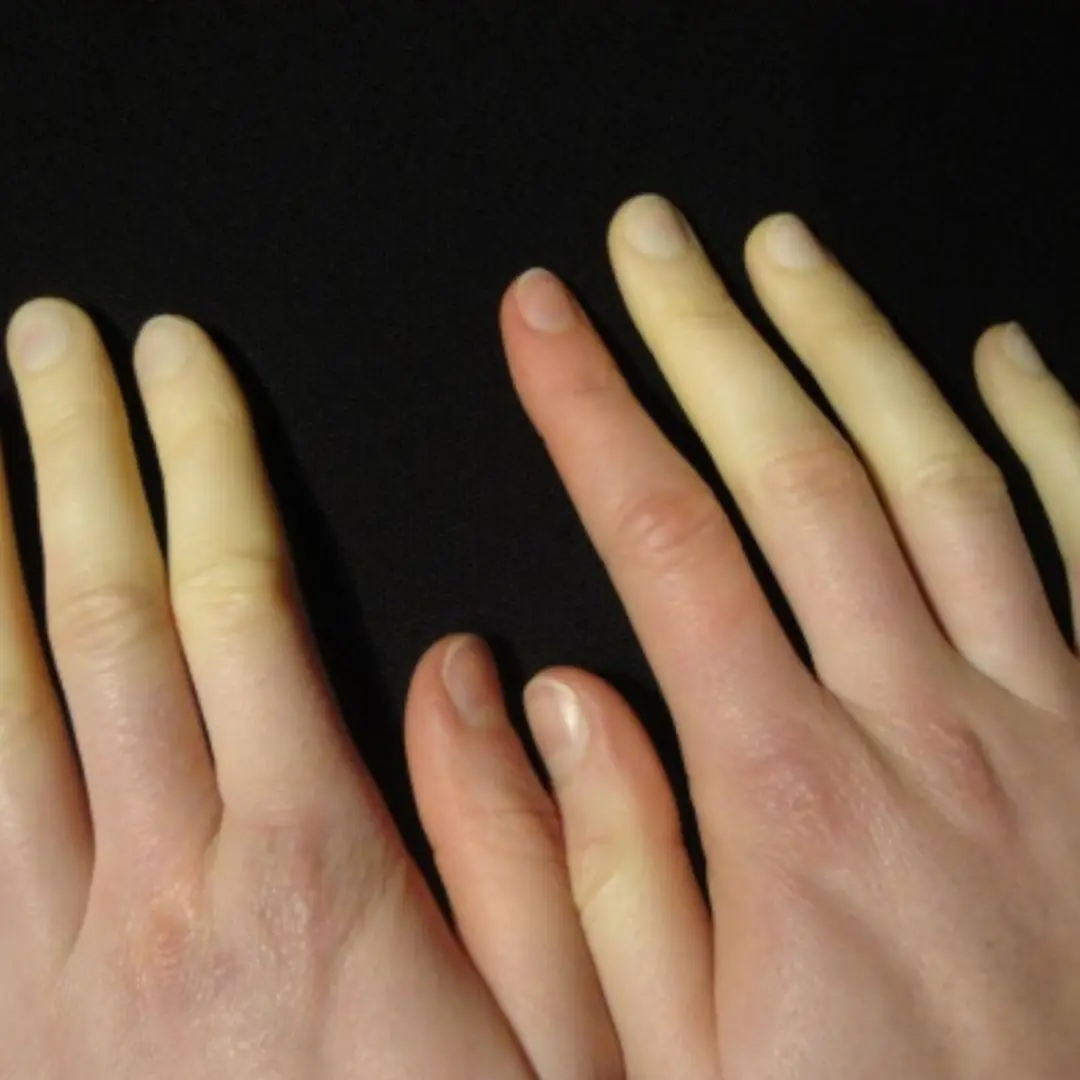
Spot these 10 symptoms? It’s time to see a doctor without delay!

4 Types of Pimples That Could Be a “Disguise” for Can.cer

5 Foods That Become Harmful When Reheated

Pour Salt into the Toilet: The Surprising Benefits Every Home Needs

Women Who Regularly Eat These 4 Dishes Won’t Have to Worry About a Cold Uterus

After grandma pas.sed, grandpa found peace in his old cabin - far from home

7 Types of Fish High in Mercury: Limit Them No Matter How Much You Like Them

15 Foods That Are Good for People with Hemorrhoids
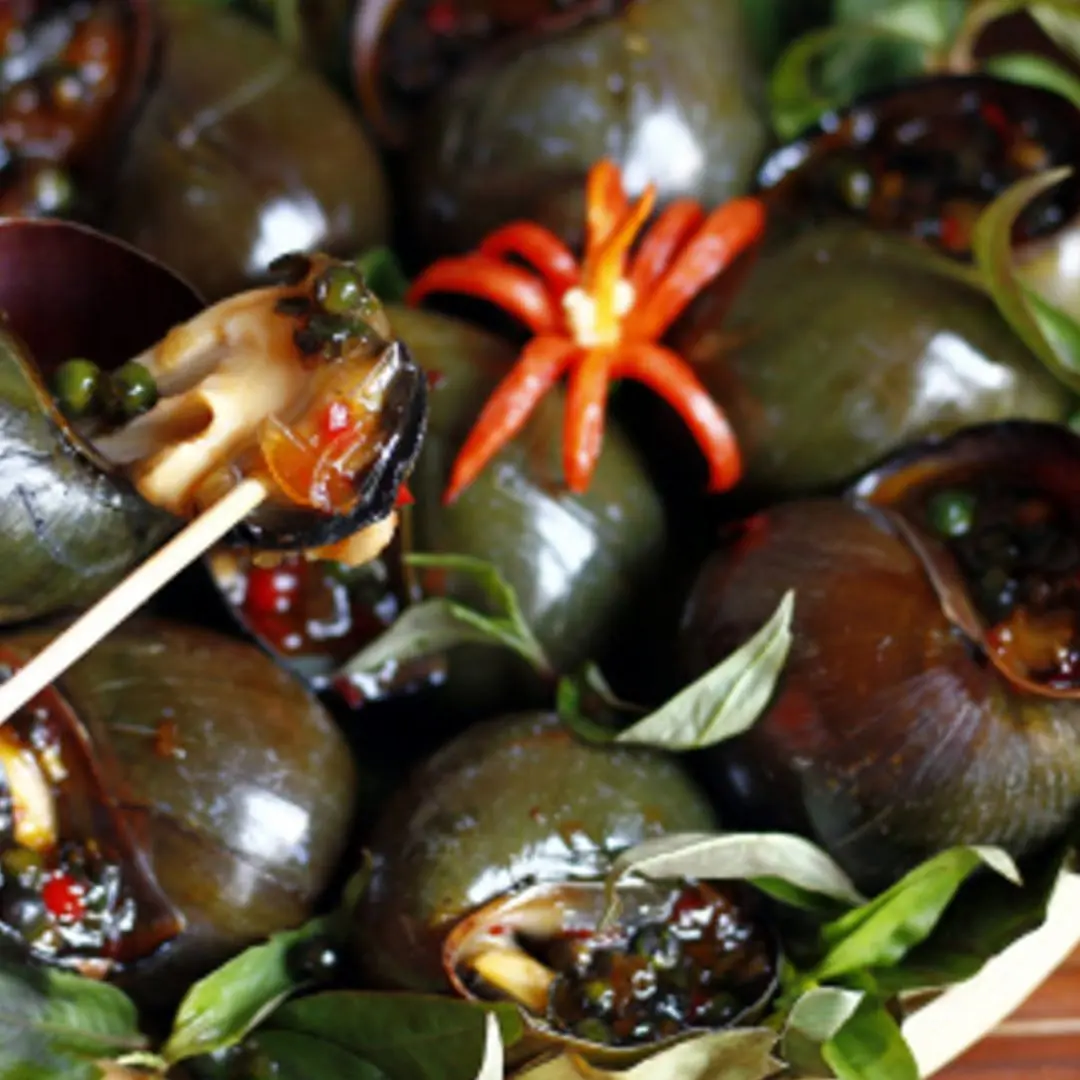
The Worst Foods for Worm Contamination You Should Know About
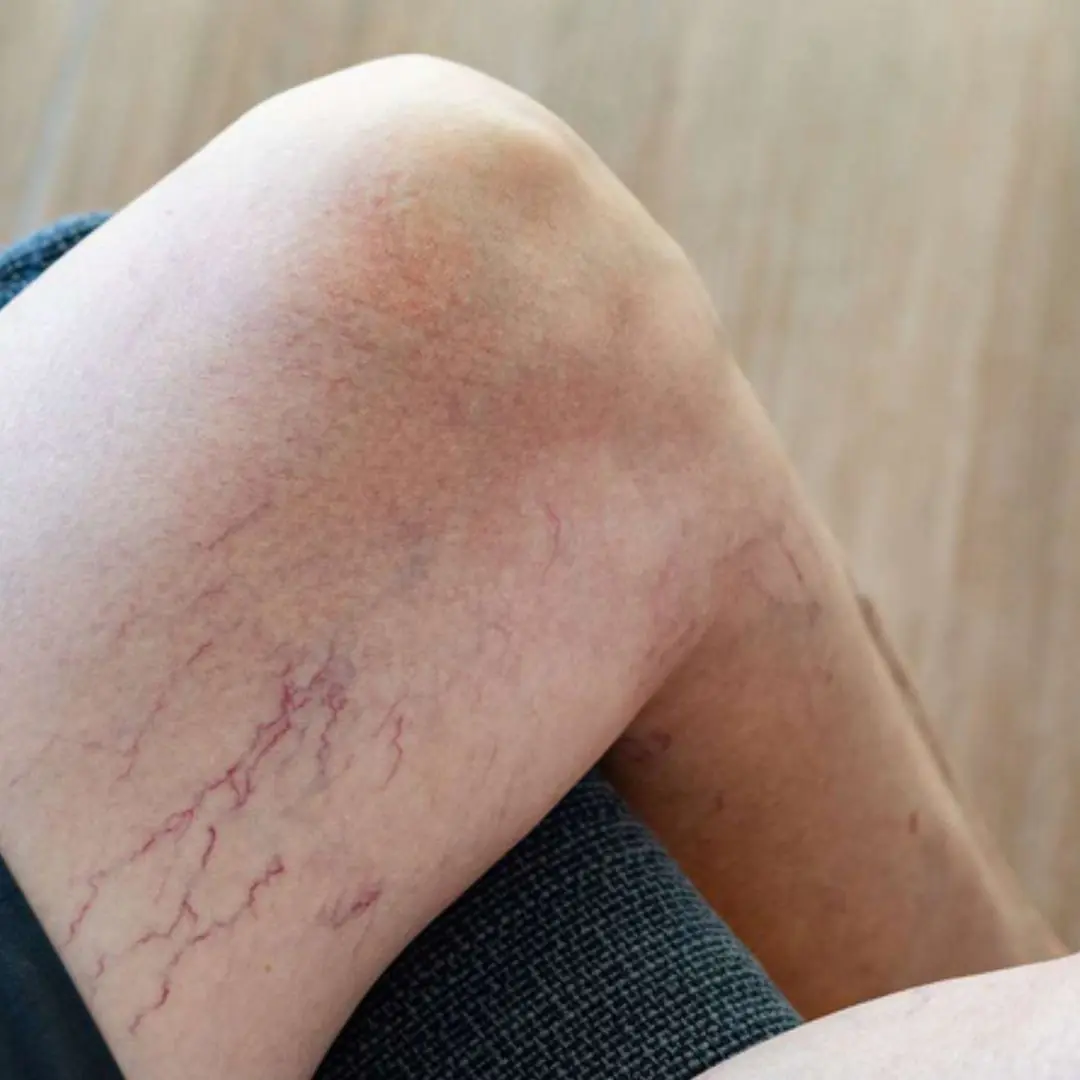
Leg Veins Turning Purple? Here’s What You Need to Know
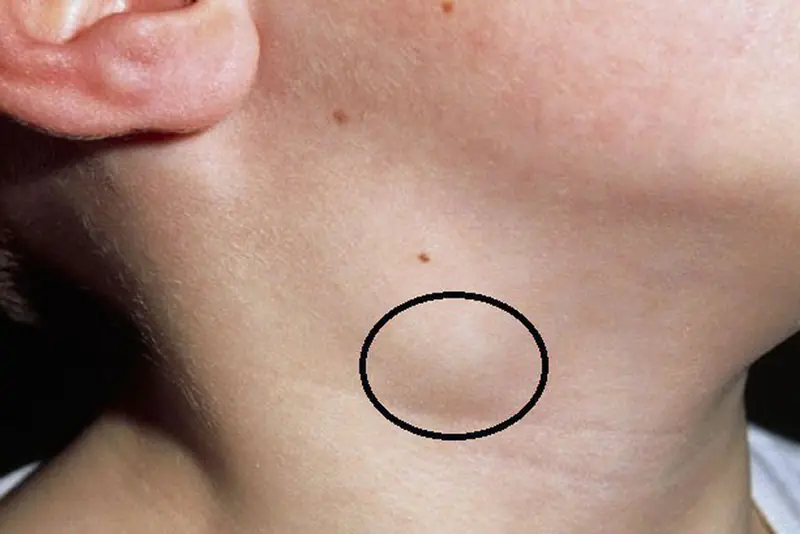
Revealing 6 Obvious Can.cer Warning Signs You Can Spot Just by Looking in the Mirror!
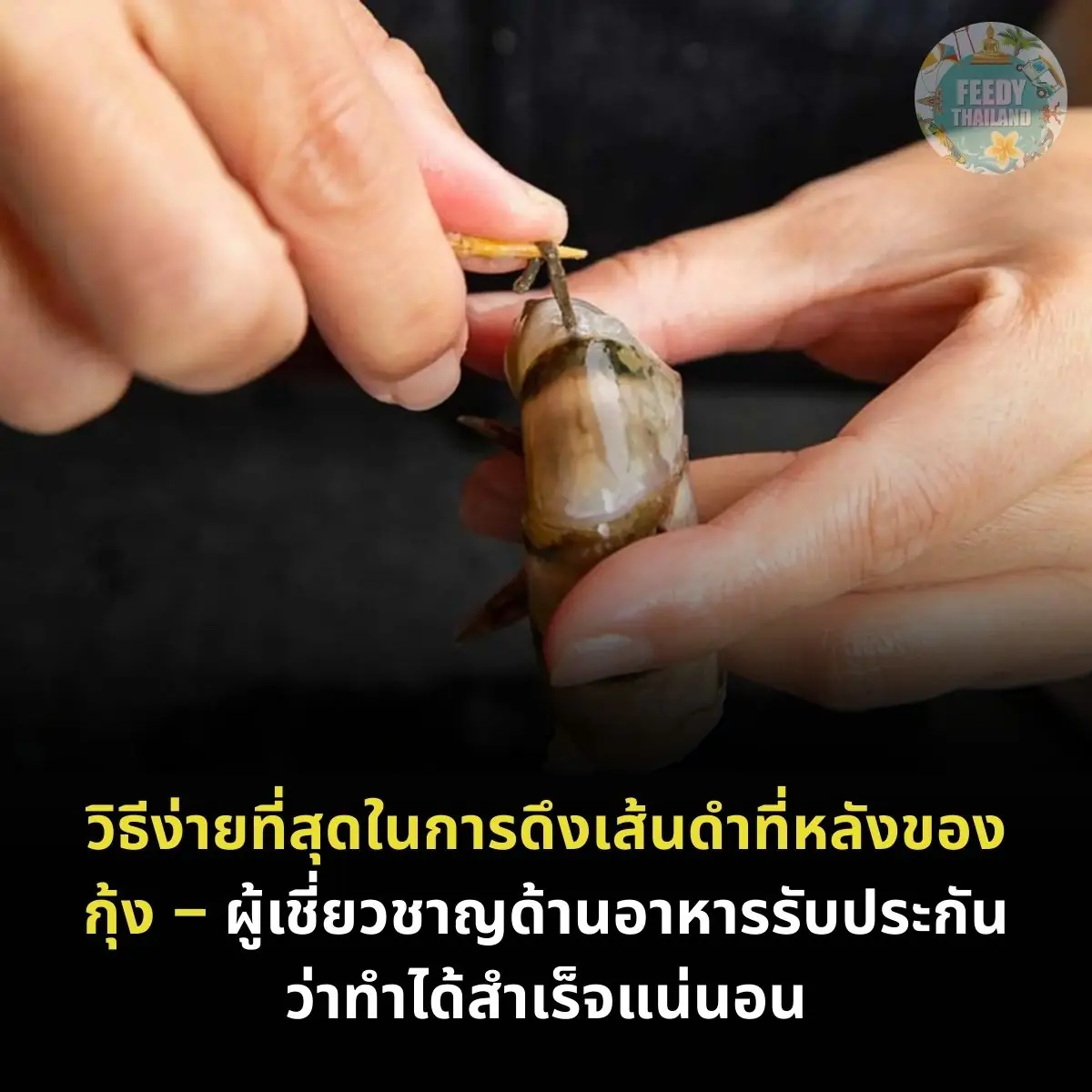
Women on the Verge of “Estrogen Depletion” Often Show 5 Alarming Signs
